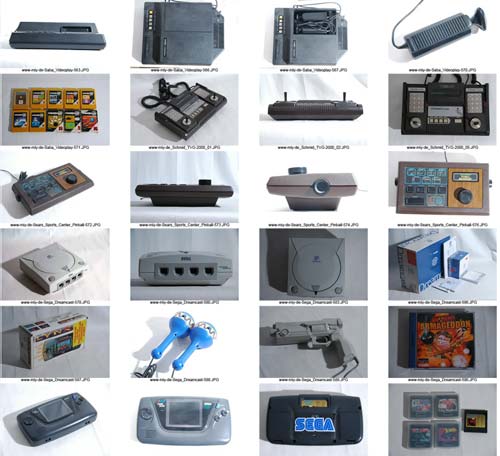Games vs. Play
 |
| Game Specific Hardware |
Games now influence the whole of interactive media. At first games encouraged the development of a wide range hardware to support them. Then it encouraged a wide range of game controllers to be able to play them. Currently, it as led to motion control like the Kinect. Games have also influenced the use of interactive media in the realm of what was once e-learning, and offered serious games. Games are even going so far as to influence perspectives on pedagogy. They have even inspired gamification, which uses game principles as a means to revitalizing interactive systems, new technology, marketing and creating a higher rate of user motivation.
 |
| Making Serious Games |
Currently technology cannot even progress without considering how it can be used to facilitate games. Why do games hold such an influence over current technology trends? I explain it as games being trans-medial artifacts. Meaning that games are not fixed to a single medium, and can exist as games in many forms.
 |
| Dice for Change [3] |
Games are again inspiring new perspectives, but this time it is aimed at toys and playfulness. It has brought these kind questions about, "What is the different between games and play?" It isn't actually possible to see games and play as different or opposite ends of a spectrum. Games are artifacts, while play is a kind of behavior. Games are made so people will 'play' them, and one could even consider games as play facilitators. However there is a difference between paidia and ludus [1], or in more modern terms playing and gaming. Meaning that there is a difference in how people play. In this case, playing and gaming are opposite ends of a gradient. Gaming is motivated through an artifact referred to as a game (rules, challenges, rewards, etc.). Pure play is motivated by the player's attitude and the need to play.
 |
| Playing with Pigs [2] |
How would we design a playful artifact (toy)? On reflection of this issue I have considered two aspects as being the most critical to answering this question. First, a deep understanding of play and what keeps people playing. Such as this list: Surprise, Anticipation, Understanding, Pleasure, Mastery, Composure, Empowerment [4]. The other aspect is creating the context for the playful artifact. It should be easiest to design for toddlers since they tend to have an easier time entering play with almost any object. Adding a fictional layer (story or connection to the real-world) helps older children connect to their toys (i.e. Barbie, LEGO, etc.). Adults on the other hand require the correct setting. For example, games naturally create setting and boundaries. The question is how can we create a setting for adults where play becomes a natural response. Creating a context in any case is understanding the location or environment that play will occur; knowing how long a player has to play and the amount of time the player must give before being immersed into the play; and knowing the player's play preference (i.e. sensation, fantasy, narrative, challenge, fellowship, discovery, expression, submission)[5] Maybe having some general directives towards playful artifacts will help us create the effects that we want.
[1] Man, Play and Games [2] Playing with Pigs
[3] Dice for Change
[4] Play: How it Shapes the Brain, Opens the Imagination, and Invigorates the Soul
[2] Playing with Pigs
[3] Dice for Change
[4] Play: How it Shapes the Brain, Opens the Imagination, and Invigorates the Soul [5] 8KindsOfFun
[5] 8KindsOfFun




